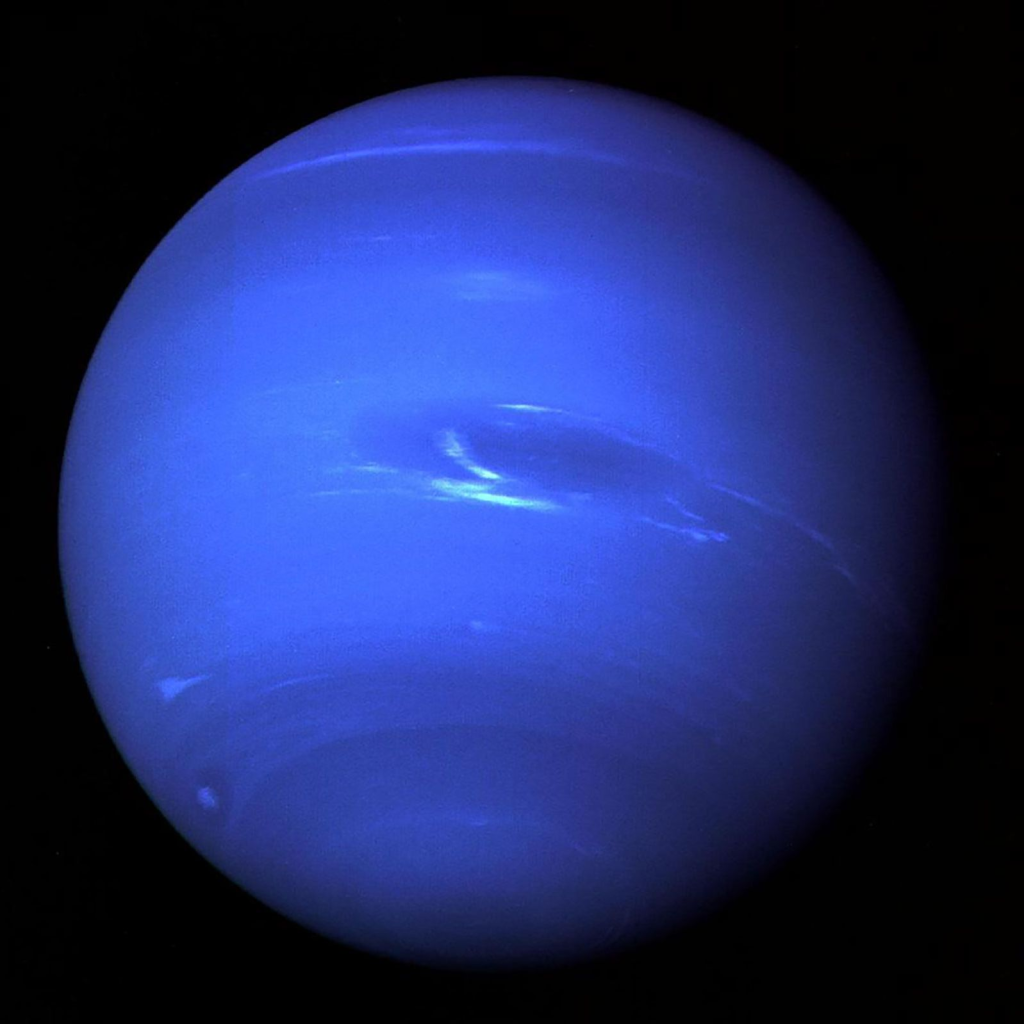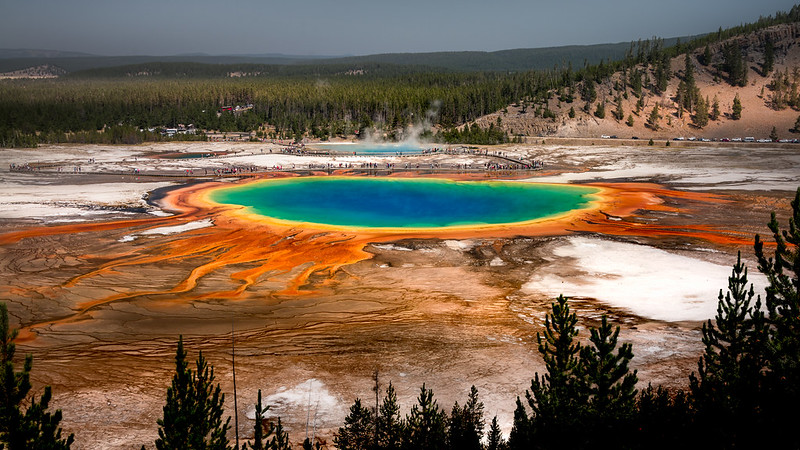Since there has not been another moon landing. Until now. In 2024, Artemis 2 will launch and send the first person of color and the first woman to the moon. This mission’s goal is to establish the first long-term occupancy on the moon. This mission is the first step to then sending our astronauts to Mars.
According to NASA, the exploration taking place in about a year will have many scientific, economic and inspirational benefits for our future on Earth and in space. The mission consists of building an Artemis base camp on the moon’s surface as well as having a gateway in the moon’s lunar orbit. This gateway will provide astronauts a place to live and work and support them, while allowing them to travel back and forth between the surface camp and the spaceship.
This is a very exiting mission because it has been many many years since we have visited the Moon, let alone physically visited another object in our solar system. This exploration will finally demolish all of the conspiracies about the moon landing being fake due to the fact that we have not been back; because now we are going back.
This video by NASA tells us why the moon! Make sure to keep updating yourself on the news and launch of this incredible mission when the time comes!

Picture of Gateway in lunar orbit










